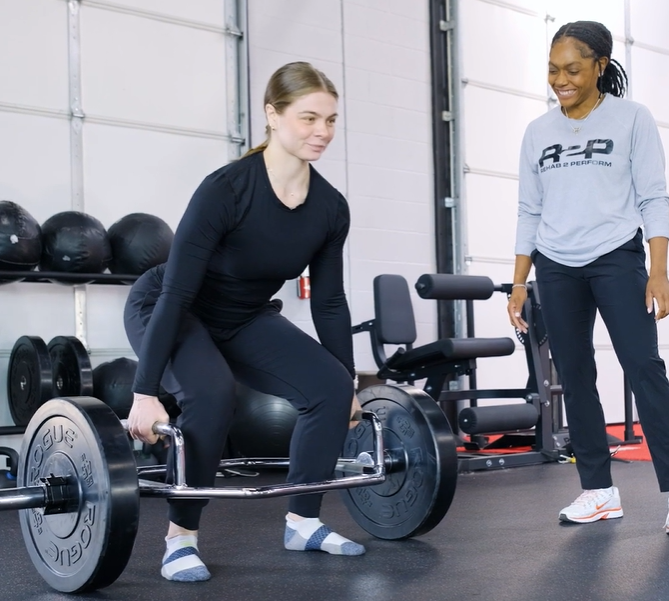How 2 Restart Training Without Losing Momentum or Getting Hurt

The first 30 days back to training are the most important stretch of the entire year. Not because motivation is highest, but because your body is re learning how to tolerate load, movement, and consistency after time off. How you approach this phase determines whether you build momentum or end up dealing with pain that slows you down by February.
Most January injuries are not caused by bad intentions. They happen because enthusiasm outpaces preparation. Your goals might be clear, but your tissues need time to catch up.
Here is how to navigate your first month back to training the smart way.
Why the First 30 Days Matter
After weeks or months of reduced activity, your muscles, joints, and nervous system are less prepared for sudden increases in volume or intensity. Strength declines, mobility changes, and movement patterns become less efficient. When you jump back into workouts at full speed, your body absorbs stress in places it is not ready to handle.
This is why aches and soreness often show up early. It is not failure. It is feedback.
The Biggest Mistake People Make when Training
The most common mistake during the first month back is doing too much too soon. People try to match the weights, mileage, or intensity they were using before the break. That gap between past performance and current readiness is where injuries happen.
Progress is not about where you were. It is about where you are right now.
How to Structure the First 30 Days
Think of this phase as a ramp, not a restart.
For the first two weeks, aim for about 60 to 70 percent of your previous intensity. Focus on controlled movement, good form, and consistent sessions rather than pushing limits. Your body needs repeated exposure to movement before it can tolerate higher stress.
Weeks three and four are where gradual progression happens. Increase volume or load slightly, but not both at the same time. This allows your tissues to adapt without overwhelming them.
Volume vs Intensity in Training
Volume refers to how much you do. Intensity refers to how hard it feels. Early on, volume matters more than intensity. Showing up consistently with manageable effort builds tolerance and confidence. Chasing intensity too early often leads to soreness that disrupts consistency.
How to Tell If You Are Building Momentum
Good signs include mild soreness that improves with movement, steady energy during workouts, and better movement quality week to week. Warning signs include pain that changes how you move, stiffness that does not improve, or soreness that worsens with each session.
Listening early keeps small issues from becoming big setbacks.
Where Physical Therapy Fits In
A movement assessment during the first month back to training can identify weaknesses, mobility restrictions, and compensation patterns before they cause pain. It provides clarity and direction instead of guesswork.
Physical therapy is not just for injury recovery. It is a tool for staying consistent and training with confidence.
Set the Tone for the Year
The goal of the first 30 days is not perfection. It is durability. Build a foundation that allows you to train hard later without breaking down.
If you want guidance tailored to your body and your goals, our team is here to help you move better and stay Ready 2 Perform.
Grab Your Free Consult & Movement Assessment Here
About Rehab 2 Perform
Rehab 2 Perform is a cutting-edge health and wellness company changing expectations of the healthcare experience. With 14 locations across the DC, Maryland, and Virginia region, R2P delivers a gym-based, movement-driven approach to rehabilitation and performance. The company’s team of physical therapists is dedicated to helping individuals of all ages and abilities move, feel, and perform better for life. Schedule Now
